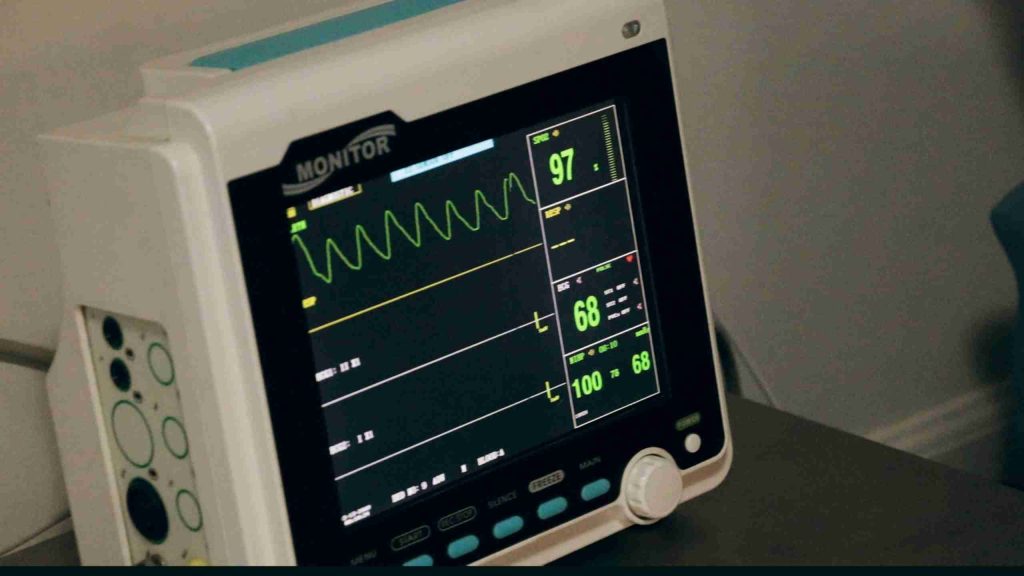In today’s fast-paced product development landscape, many companies turn to external firmware development teams to accelerate time-to-market, access specialized expertise, and manage workload fluctuations. However, one of the biggest challenges companies face is ensuring seamless alignment between external teams and internal engineering processes. Without this alignment, projects can suffer from miscommunication, inefficiencies, and delays.
The good news? With the right strategies and the right team (like Dojo Five!), external firmware consultants can integrate smoothly into your workflow – enhancing your team’s capabilities rather than disrupting them. Here’s how to successfully align an external firmware development team with your internal processes.

Define Clear Roles and Responsibilities
One of the most common friction points when working with external teams is ambiguity over who is responsible for what. To avoid confusion:
- Clearly define ownership of tasks, decision-making authority, and escalation paths.
- Document interfaces between internal and external teams – who is responsible for hardware, firmware, testing, and deployment?
- Appoint a point of contact on both sides to streamline communication and resolve issues quickly.
Standardize Communication and Collaboration
Effective collaboration starts with well-defined communication channels. Instead of waiting for issues to arise, proactively establish:
- Regular check-ins (daily stand-ups, weekly syncs) to discuss progress and blockers.
- A shared workspace (Git, Jira, Confluence, Slack, etc) for tracking requirements, issues, and documentation.
- A structured feedback loop to refine processes and improve efficiency over time.
The key is to ensure external teams don’t feel like outsiders but are instead active participants in your engineering culture.
Align on Development and Testing Standards
Every engineering team has its own workflows, tools, and coding standards. External firmware teams can be far more effective when they are brought up to speed on your expectations. Consider:
- Defining coding guidelines and best practices for consistency across the codebase.
- Ensuring version control alignment – agreeing on branching strategies, pull request processes, and CI/CD pipelines.
- Standardizing testing requirements – unit tests, integration tests, hardware-in-the-loop (HIL) testing, etc.
By setting clear expectations from the start, you’ll reduce costly back-and-forth iterations and speed up development cycles
Prioritize Security and Compliance from Day One
Firmware development often involves working with sensitive intellectual property and meeting industry-specific regulatory requirements. When engaging an external team:
- Establish clear security protocols (NDAs, access controls, encrypted communications).
- Define compliance expectations (ISO 26262 for automotive, IEC 62304 for medical, etc.).
- Ensure documentation practices alignwith your internal quality and compliance standards.
When security and compliance are treated as an afterthought, they can become major roadblocks late in development. Addressing them upfront prevents costly rework.
Leverage External Expertise to Optimize Your Process
Bringing in an external firmware team isn’t just about expanding capacity – it’s also an opportunity to improve your internal process. Consultants bring experience from working across industries and projects, offering valuable insights into best practices, tooling, and workflows.
- Encourage knowledge sharing – ask external teams for input on improving efficiency, automating workflows, and optimizing code quality.
- Stay open to process refinement – sometimes an outside perspective helps eliminate bottlenecks in your development cycle..
- Consider long-term partnerships – once a team understands your internal processes, future collaborations become even more seamless.
The Right Partner Makes All the Difference
Successfully integrating external firmware teams into your engineering workflow isn’t just possible – it’s a strategic advantage when done right. The key is to choose the right development partner: one that values collaboration, adheres to best practices, and works as a true extension of your team.
If you’re looking for an experienced firmware development team that can align with your processes and accelerate your product development, let’s talk. At Dojo Five, we specialize in helping companies like yours bring innovative products to market faster and more efficiently.





